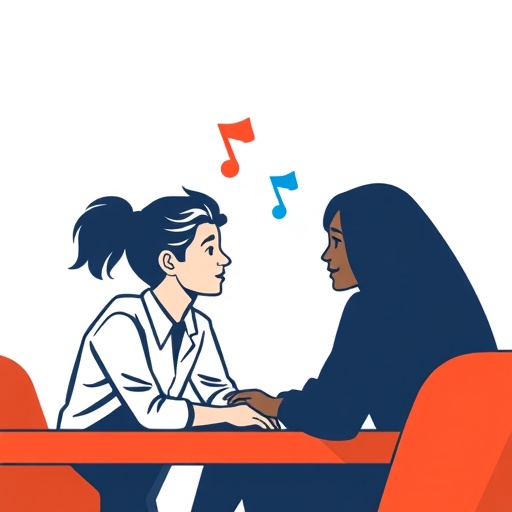In an era defined by rapid technological advancements and collaborative learning frameworks, a recent study has opened new avenues for understanding the dynamics of student motivation in collaborative settings. Researchers He, Ren, and Zhang (2024) delve into the intricate relationship between individual motivation profiles and their impact on student performance in collaborative problem solving. This research, published in the journal Large-scale Assess Educ, represents a significant contribution to the field of educational psychology, providing insights that educators and policymakers can leverage to enhance collaborative learning experiences.
Collaboration has become an essential skill in both academic and professional environments. As education systems strive to prepare students for a future that demands teamwork and problem-solving capabilities, understanding what motivates students in collaborative contexts becomes increasingly critical. The research conducted by He and his colleagues underscores the idea that motivation is not a one-size-fits-all attribute; rather, it manifests in diverse profiles that can significantly influence group dynamics and outcomes in collaborative tasks.
At the heart of the study is the identification of personal-collaborative motivation profiles. These profiles highlight the varied motivational dispositions that students bring to collaborative problem-solving scenarios. By categorizing students based on their individual motivation types, the researchers were able to investigate the interplay between these profiles and overall performance. This nuanced approach sheds light on the multiplicity of motivational influences, moving beyond a simplistic binary view of intrinsic versus extrinsic motivation.
The study emphasizes the importance of recognizing student differences in motivation. For instance, some students may thrive in collaborative environments due to intrinsic motivations such as a passion for the subject matter or a desire for social interaction. Conversely, others may be driven by extrinsic factors, including grades or teacher approval. The authors argue that understanding these motivational underpinnings can assist educators in tailoring collaborative activities that align with the unique profiles of their students, ultimately leading to enhanced engagement and better problem-solving outcomes.
An essential finding of the research illustrates the impact of motivation on collaborative problem-solving performance. The authors demonstrate that students with well-aligned motivation profiles—those whose personal motivations resonate with collaborative goals—tend to perform better in group tasks. This correlation suggests that effective collaboration hinges not merely on the technical skills of students but also on their motivational states. Therefore, educators should facilitate environments that nurture students’ motivations, fostering synergy between personal and collaborative goals.
Furthermore, the study proposes practical strategies for educators to consider when designing collaborative activities. For instance, incorporating elements of choice and autonomy may help boost intrinsic motivation, making collaborative tasks more appealing. Additionally, fostering a supportive community where students feel valued and connected can enhance social motivations, which are critical in collaborative learning environments. Educators are encouraged to create a culture that celebrates diverse motivations, allowing students to express their individuality while engaging in group endeavors.
The implications of this research extend beyond the classroom. In workplaces, understanding motivation profiles can inform team dynamics and project outcomes. Just as in educational settings, professional teams consist of individuals with varying motivational drives. By applying the insights from He, Ren, and Zhang’s research, organizations can curate work environments that align team members’ intrinsic and extrinsic motivations, leading to higher productivity and enhanced innovation.
The study also prompts further inquiry into how motive-discordance—when individual motivations conflict with collaborative goals—affects group performance. Students experiencing this dissonance may feel frustration or disengagement, which could hinder their contributions to the group. Addressing this discordance through targeted interventions could prove beneficial in both educational and professional spheres. For example, team-building activities that align personal interests with group objectives might mitigate feelings of discord, fostering a more cohesive and productive environment.
Moreover, the research underscores the importance of continuous assessment of motivation within collaborative frameworks. Regular check-ins or reflective practices can provide valuable feedback, allowing educators and team leaders to adjust strategies accordingly. Cultivating an environment of adaptability ensures that motivational profiles are not static, but rather dynamic and responsive to the changing needs of students or team members.
In conclusion, the study conducted by He, Ren, and Zhang offers profound insights into the intricate fabric of motivation within collaborative problem-solving contexts. By illuminating the relationship between personal-collaborative motivation profiles and performance, the research not only contributes to academic discourse but also equips educators and organizational leaders with actionable strategies to enhance collaborative experiences. As students navigate increasingly collaborative landscapes in their educational journeys and future careers, a deeper understanding of motivation could be




